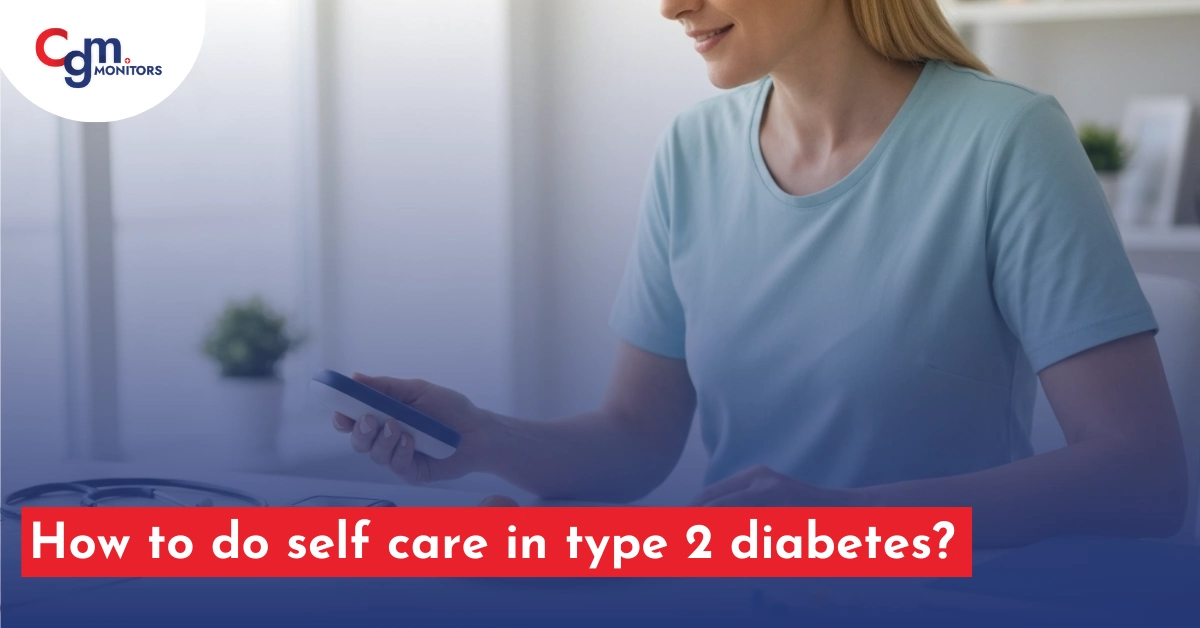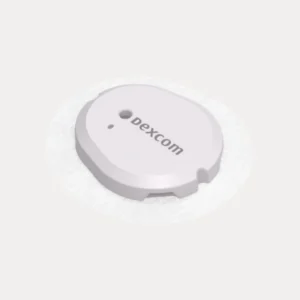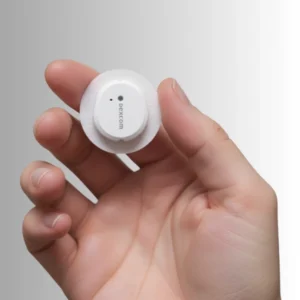Table of content
- Why is type 2 diabetes management important?
- How frequently should you monitor your blood sugar with type 2 diabetes?
- Medications for Most common type 2 diabetes
- Foods allowed to eat in type 2 diabetes
- Do I require diabetes education?
- What kind of internal health and psychosocial support is accessible?
- Takeaway
The focus on self-care in type 2 diabetes (T2D) comprises monitoring blood sugar, taking your agreed medications as desirable, and working with a healthcare team on food choices, exercise planning, and mental health.
To self-care in type 2 diabetes (T2D), you may devote much more time to self-care than in doctors’ offices or working with your diabetes care team. Most of your diabetes management is on you every day. That’s why education on the best ways to care for yourself is so appreciated.
A healthcare team may direct you and check your condition, but you have the utmost power to stay healthy.
This article will emphasize your self-care in type 2 diabetes (T2D), including everything from monitoring blood sugar, insulin, or other medications, meal preparation, and suitable exercise routines that can keep your health and diabetes management in check.
Why is type 2 diabetes management important?
Most people with T2D spend most of their diabetes management time caring for themselves compared to in doctors’ offices.
A 2018 nationwide survey by Trusted Source of numerous hundred diabetes upkeep and education specialists assessed that it acquired adults with T2D about 66 minutes a day for repetitive self-care. The education specialists comprised monitoring blood sugar twice daily and oral medication in their evaluation.
The specialists’ estimation is quite a bit less than what the survey discovered was the whole predictable time each day for diabetes self-care: about 4 hours for adults Trusted Source and more than 5 hours for children.
By difference, you may only devote 1 hour or less every few months to seeing a healthcare team for inspections, tests, and guidance. One doctor survey records your time with that person may only be 17 to 24 minutes.
Since so much of your treatment is in your hands, how to go about self-care is important. Diabetes is an enduring condition that needs continuing care to stop or reduce complications. Self-care in type 2 diabetes (T2D) each day may help determine trusted Source how you feel and how you stay healthy in the long term.
How frequently should you monitor your blood sugar with type 2 diabetes?
Monitoring your blood sugar is one of the significant things you can do to manage diabetes.
While everyone’s diabetes maintenance may differ, monitoring glucose levels is vital because it gives you a sense of how you supervise your diabetes and if you may need any changes to medications, exercise habits, food choices, or other factors.
Many features impact how often you’ll want to monitor your blood sugar. Some people may want to check two times a day, while others may select to monitor their blood sugars more regularly.
You may select to prick your finger for a small blood drop to monitor your blood sugar on a small hand-held meter, or you may select a continuous glucose screening that carries a more complete picture of how your glucose levels differ during the day.
People who want to monitor their blood sugar more often contain those who:
- Have low blood sugar without apparent symptoms
- Are pregnant and have diabetes
- Take insulin
- Often have high blood sugar levels
- Test high for ketone levels
Medications for Most common type 2 diabetes
You can frequently check your blood glucose levels using a fingerstick with a blood glucose monitor. Many people do just that.
But fingerstick checks just monitor blood glucose for one time. It’s similar to reading one page of a book. Doing more fingerstick checks gives you more snapshots, which can offer signs of what’s happening with your blood sugar levels.
To self-care in type 2 diabetes (T2D), the massive majority of diabetes specialists recommend the usage of a CGM to control diabetes. It delivers knowingly more data about blood sugar trends than fingerstick checks alone.
Type 2 diabetes is the most common type of diabetes, which affects around 90-95%Trusted Source of people with diabetes. While an individual regularly obtains an analysis in adulthood, an increasing number of children and young adults have a type 2 diabetes analysis. A CGM may assist in keeping the state under control, but there is presently limited sign to approve this. You can buy CGM monitors from our FDA-approved websites.
Foods allowed to eat in type 2 diabetes
Lifestyle deviations are a vital method to achieve diabetes. These variations may comprise exercise, preserving a moderate weight, and eating a healthy and nutritious diet.
You might work with a doctor who focuses on diabetes and a dietitian who can help you plan your meals.
At the end of the day, you may devote a lot of time to purchasing healthy foods, preparing meals, and cooking. Because of the effort that goes into meal planning, receiving support and management can be helpful.
Some general references Trusted Source for healthy eating with diabetes comprise:
- To learn what serving and portion sizes look like
- To monitor sugar and learn what items contain added sugar
- Drinking water and limiting sugary beverages
- Avoiding fried foods
- Avoiding saturated fat
- Choosing lower or low-fat dairy and cuts of meat
- Eating the correct amount at the ideal time
- Focusing on whole foods
- Eating more non-starchy and green vegetables
Do I require diabetes education?
Handling diabetes and creating lifestyle changes can come with an education curve. Working with diabetes instructors can assist you make better selections about self-care in type 2 diabetes (T2D) that may help you well manage T2D.
Some of the skills diabetes educators can help you learn may include Trusted Source:
- Managing your blood sugar
- Eating well
- Exercising enough
- Diabetes-related problem solving
- Fitting self-care into your lifestyle
A doctor may introduce you to an education on self-care in type 2 diabetes (T2D) and support service, or you can discover one with the American Diabetes Association tool.
What kind of internal health and psychosocial support is accessible?
It’s just as vital to self-care in type 2 diabetes (T2D) take care of your internal health Trusted Source is your physical health when you live with T2D. Diabetes may get worse internal health, and undressed internal health problems may make your diabetes operation harder. People who have diabetes are anticipated to have depression, and only one-quarter to one-half of the residents seek help. entering help and support can help with the stress that can come. exploration Trusted Source points to the aids of getting emotional and cerebral benefits, including perfection in diabetes operation in the short term as well as avoiding diabetes problems in the long term. Some ways to manage include
- Asking for a referral to an internal health professional who regularly treats people with habitual conditions
- Joining a diabetes support group
- Fastening on one or two small pretensions at a time
- Seeing an endocrinologist who may have a deeper understanding of your condition
- Working collectively with a diabetes preceptor
Takeaway
Healthcare can support you manage T2D over office visits, routine medical testing, life education, nutritional advice, or analysis. But, when all is said and done, you’ll likely spend much more time on self-care in type 2 diabetes (T2D) than on office visits. You have the most power concerning your diabetes operation. Learning and using T2D self care is a stylish way to stay healthy.










Write a comment
Your email address will not be published. All fields are required